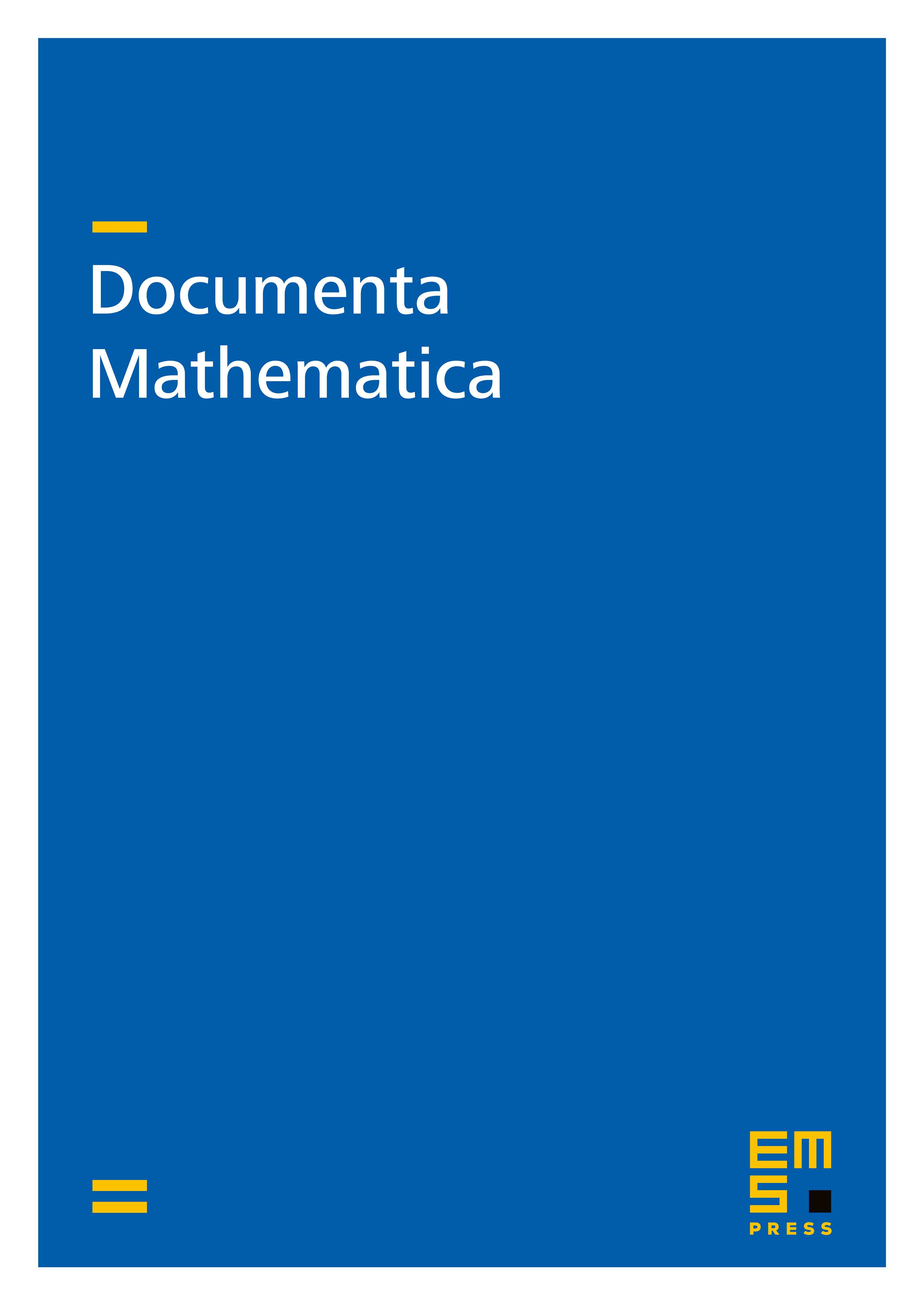Free noncommutative hereditary kernels: Jordan decomposition, Arveson extension, kernel domination
Joseph A. Ball
Department of Mathematics, Virginia Tech, Blacksburg, VA 24061-0123, USAGregory Marx
Department of Mathematics, Virginia Tech, Blacksburg, VA 24061-0123, USAVictor Vinnikov
Department of Mathematics, Ben-Gurion University of the Negev, 84105 Beer-Sheva, Israel

Abstract
We discuss (i) a quantized version of the Jordan decomposition theorem for a complex Borel measure on a compact Hausdorff space, namely, the more general problem of decomposing a general noncommutative kernel (a quantization of the standard notion of kernel function) as a linear combination of completely positive noncommutative kernels (a quantization of the standard notion of positive definite kernel). Other special cases of (i) include: the problem of decomposing a general operator-valued kernel function as a linear combination of positive kernels (not always possible), of decomposing a general bounded linear Hilbert-space operator as a linear combination of positive linear operators (always possible), of decomposing a completely bounded linear map from a -algebra to an injective -algebra as a linear combination of completely positive maps from to (always possible). We also discuss (ii) a noncommutative kernel generalization of the Arveson extension theorem (any completely positive map from an operator system to an injective -algebra can be extended to a completely positive map from a -algebra containing to , and (iii) a noncommutative kernel version of a Positivstellensatz (i.e., finding a certificate to explain why one kernel is positive at points where another given kernel is strictly positive).
Cite this article
Joseph A. Ball, Gregory Marx, Victor Vinnikov, Free noncommutative hereditary kernels: Jordan decomposition, Arveson extension, kernel domination. Doc. Math. 27 (2022), pp. 1985–2040
DOI 10.4171/DM/X24